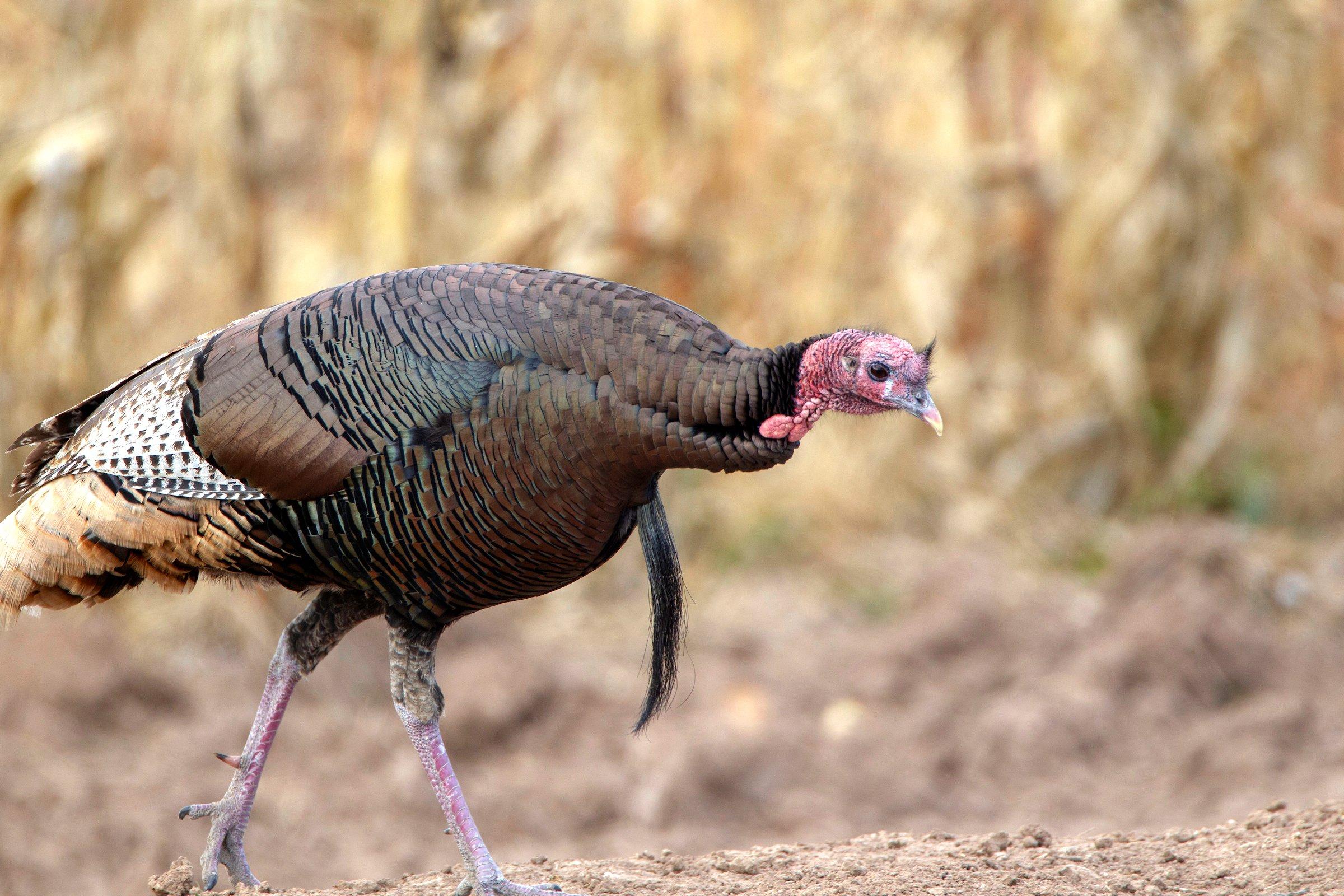Not available
Wild Turkey Population
Merriam's, Rio Grandes, Gould's
Turkey Subspecies
10,496 (2022)
Number of Licenses Sold Annually
$15 (game hunting license) plus $25 (turkey)
Cost of Resident License and Permit
$65 (game hunting license) plus $100 (turkey)
Cost of Non-Resident License and Permit

Photo by Russell Graves
New Mexico's turkey population includes Merriam's, Rio Grande and Gould's. Where should you go to find them? Most mountain ranges in New Mexico support healthy numbers of Merriam’s gobblers, and that subspecies makes up most of the turkey population. Rio Grande turkeys are less widely distributed, and are primarily located along the Rio Grande River south of Albuquerque and the Canadian River Basin north of Tucumcari. You'll also find Gould's turkeys there.
New Mexico Game and Fish reports: The main components of suitable turkey habitat include water, roost sites, nest sites,and summer/brood areas. In New Mexico, free water is essential for turkey survival since vegetation might not be able to meet moisture requirements. Turkeys are often found in forested areas interspersed with edges and fields. Turkeys use mature trees for roosting. Typical roost trees are 14-plus inches in diameter, and have branches parallel to the ground that are spaced at least 18 inches apart. A turkey diet varies, depending on forage availability. Some food options include grass leaves and seeds, forbs, pine nuts, juniper berries, acorns, invertebrates, and cultivated crops.
Some of the more popular areas to find longbeards are the Sacramento Mountains in south-central New Mexico, the Gila National Forest in the western part of the state and the Zuni Mountains in Unit 10. Success rates in these regions are usually well-above the statewide average, and they offer excellent public-land opportunities. Turkey hunting pressure in New Mexico is fairly low.












